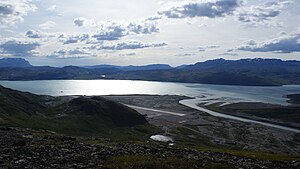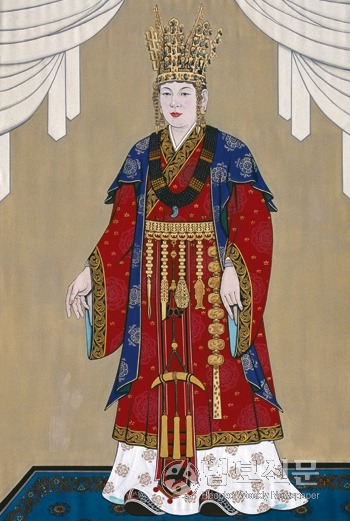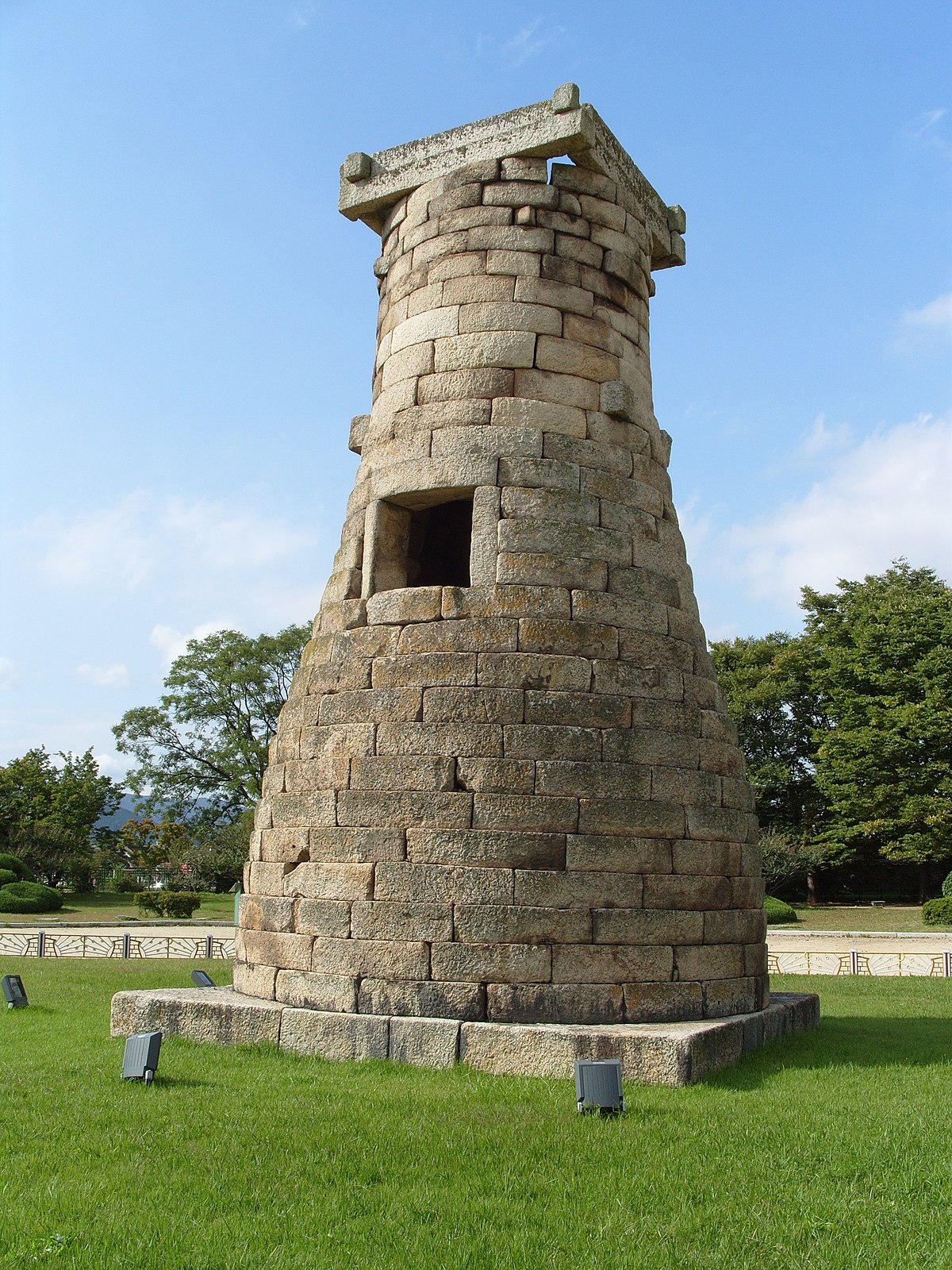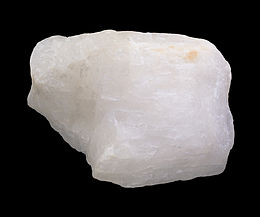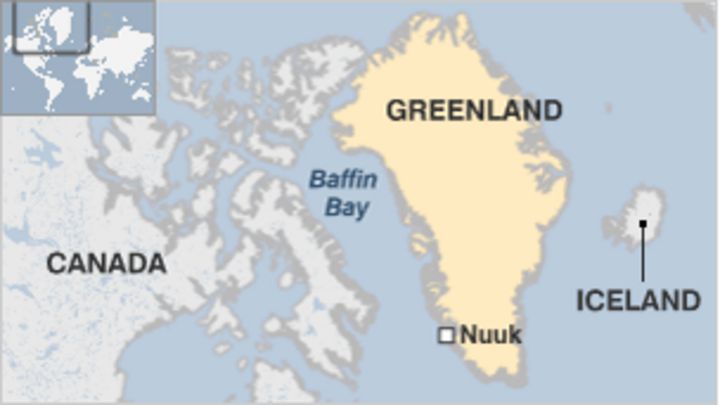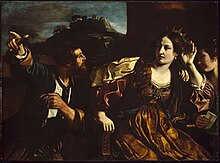Queen Aliquippa was an Iroquois¹ leader, and staunch British Loyalist during the French and Indian War. Not a lot about her personal life, or her life in general, is known, but what is known paints the picture of a pretty baddass lady who made French and British leaders pay her homage, and demanded respect from the man who would become America's most venerated leader.
Aliquippa was most likely born in the late 17th century, as she is known to have met William Penn, the 'founder' of Pennsylvania. She married a Seneca man, and had at least one child with him. After her husband died, Aliquippa became the leader of a band of Seneca, and established a settlement of four Seneca families.
It wasn't, and still isn't too unusual to see female leaders of Native American tribes. Women like Lozen and Wilma Mankiller are respected and revered by their individual nations. At the time, female leaders among the Iroquois were particularly common, because the male leaders kept dying in combat.
Now, a settlement of four families isn't necessarily that big, and it doesn't sound that important, but location is everything. Aliquippa settled her people near the convergences of three rivers--the Ohio, the Allegheny, and the Monongahela, an area that would later become the city of Pittsburgh. This area was particularly strategic for trading and warmongering, and was a way station for many bands of Iroquois people.
Over time, Aliquippa's settlement grew until she had a sizable number of warriors living under her authority. Aliquippa was, essentially, a sovereign, and she knew it. She expected to receive tribute from white leaders, and she did. In 1748 Conrad Weiser, the Pennsylvanian ambassador to the Native American tribes was passing through the area, and failed to stop in and say hello. Incensed, Aliquippa pointedly reminded him that he needed to come pay tribute to her and her people. Weiser wisely did so, and was generously received.
Unlike many Native American leaders at the time, Aliquippa was a staunch British royalist. Not only did she refuse to receive French envoys, but she also advised British forces in how to better man the frontier. Not that they listened to her. Aliquippa repeatedly told British leaders to build a fort around the Allegheny river, and promised that if they did so she and her people would go live there to help defend it. The British blew her off, and in 1754 the area was attacked and taken by French soldiers.
The most famous account of Aliquippa is of her meeting with a young Colonial nobody who would go on to become the first president of the United States. In 1752, on the orders of the Virginian governor, George Washington forayed down into the Ohio valley to politely tell the French soldiers to get the hell off the English Empire's lawn. He was on his way to Fort LaBouef when a messenger informed him that Queen Aliquippa was quite concerned that he hadn't visited her. Because he was a smart man, George turned his horse around, and went right back to Aliquippa's settlement.
This was a good choice on George's part. Not only did he get some excellent advice about a fort (which he then ignored), but he also received the support of Aliquippa's warriors, which would later come in handy when fighting the French.
Though relatively unknown, Aliquippa was a major influence on American history. It was her help that paved the way for the French and Indian War, which would be the making of the man who would lead the American Revolution. However, in addition to facilitating several wars, Aliquippa also helped her own people stay safe in a world that was rapidly changing for the Native Americans. Given the attitudes of white settlers towards Native Americans of the day, the respect most men had for Aliquippa gives the impression that she was a remarkable leader.
¹The canny will have realized and laughingly scoffed that the Iroquois are not a nation of Native Americans, but rather a confederacy of six nations--the Mohawk, Oneida, Onondaga, Seneca, Cayuga, and Tuscarora. I say Iroquois because Aliquippa's exact tribe is hotly debated. Most sources claim that she is Seneca, but a persuasive and loud minority claim her as Mohawk. Since her exact nationality is unknown, but her position in Iroquois leadership is known, I will refer to her as Iroquois in this article. If you want to read a nearly incomprehensible argument for all sides, go here.
Sources
Queen Aliquippa
Queen Aliquippa: Fact...or Myth? (Spoiler alert: she's not a myth)
Women's History Month: Political Leaders
Fort Necessity: Story of Queen Aliquippa
Between Two Worlds
 |
| Washington visits Queen Aliquippa |
It wasn't, and still isn't too unusual to see female leaders of Native American tribes. Women like Lozen and Wilma Mankiller are respected and revered by their individual nations. At the time, female leaders among the Iroquois were particularly common, because the male leaders kept dying in combat.
Now, a settlement of four families isn't necessarily that big, and it doesn't sound that important, but location is everything. Aliquippa settled her people near the convergences of three rivers--the Ohio, the Allegheny, and the Monongahela, an area that would later become the city of Pittsburgh. This area was particularly strategic for trading and warmongering, and was a way station for many bands of Iroquois people.
 |
| Wax figure of Aliquippa at the Heinz History Center in Pittsburgh |
Unlike many Native American leaders at the time, Aliquippa was a staunch British royalist. Not only did she refuse to receive French envoys, but she also advised British forces in how to better man the frontier. Not that they listened to her. Aliquippa repeatedly told British leaders to build a fort around the Allegheny river, and promised that if they did so she and her people would go live there to help defend it. The British blew her off, and in 1754 the area was attacked and taken by French soldiers.
The most famous account of Aliquippa is of her meeting with a young Colonial nobody who would go on to become the first president of the United States. In 1752, on the orders of the Virginian governor, George Washington forayed down into the Ohio valley to politely tell the French soldiers to get the hell off the English Empire's lawn. He was on his way to Fort LaBouef when a messenger informed him that Queen Aliquippa was quite concerned that he hadn't visited her. Because he was a smart man, George turned his horse around, and went right back to Aliquippa's settlement.
 |
| The Iroquois Confederacy Flag |
¹The canny will have realized and laughingly scoffed that the Iroquois are not a nation of Native Americans, but rather a confederacy of six nations--the Mohawk, Oneida, Onondaga, Seneca, Cayuga, and Tuscarora. I say Iroquois because Aliquippa's exact tribe is hotly debated. Most sources claim that she is Seneca, but a persuasive and loud minority claim her as Mohawk. Since her exact nationality is unknown, but her position in Iroquois leadership is known, I will refer to her as Iroquois in this article. If you want to read a nearly incomprehensible argument for all sides, go here.
Sources
Queen Aliquippa
Queen Aliquippa: Fact...or Myth? (Spoiler alert: she's not a myth)
Women's History Month: Political Leaders
Fort Necessity: Story of Queen Aliquippa
Between Two Worlds







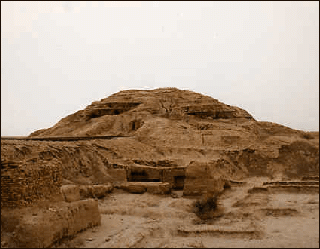
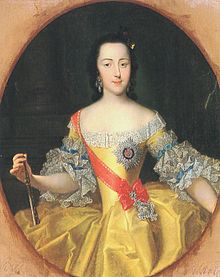

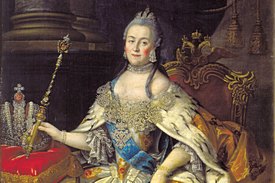

/erik-the-red-detail-58b9732c3df78c353cdc45b9.jpg)
